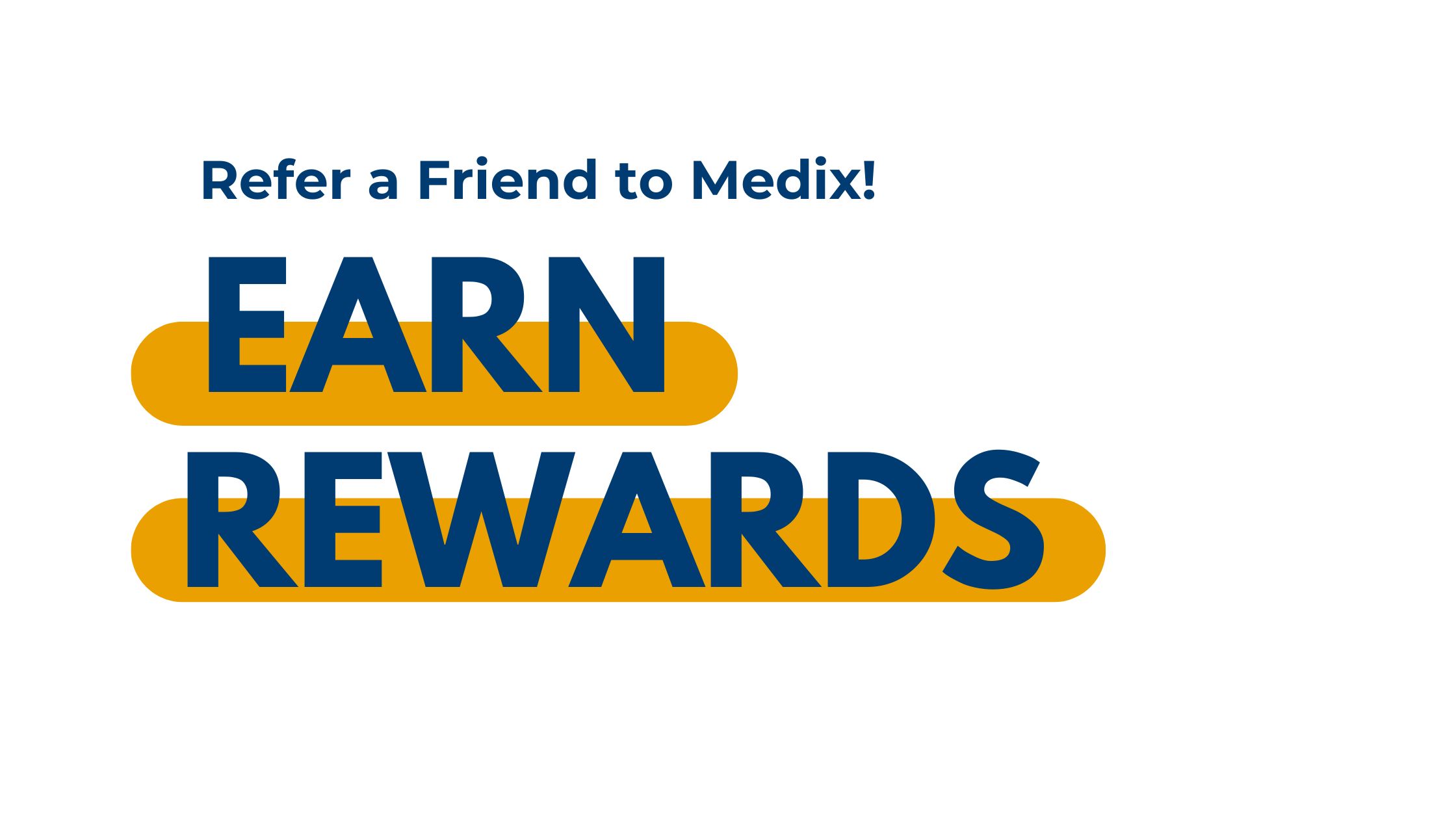If you’re pursuing a personal training career, you’ll be working very closely with clients. An effective personal trainer not only instructs and coaches their clients on fitness techniques but also fosters an open, trusting relationship with them. Your ability to do this will in large part determine the level of success you’ll be able to achieve in your personal training business.
Communication is an essential component of any business relationship but it goes beyond simply listening and talking. The context, in addition to the specific personality and preferences of your clients, should be taken into account as part of personalized communication. This way of interacting with clients makes them feel heard, understood, and safe which is essential when they choose to open up about something as personal as their health and fitness.
Maintaining client relationships through personalized communication is a skill that involves specific techniques. So how can you develop this ability for the success of your personal training career?
Practice Active Listening to Make Clients Feel Heard
As a personal trainer who has completed fitness and health training, you are an expert; however, it is essential that you keep your client relationships reciprocal and collaborative. This ensures that your clients feel comfortable approaching you with their fitness challenges so that you can help them reach their goals. Through active listening, you can gain deep insight into your client’s unique situation in order to understand how you can best serve them and build a productive rapport. It involves more than just waiting for your client to stop talking so you can instruct them.

One excellent tip for personal trainers is motivational interviewing. This involves exploring your client’s behavior through open-ended questions that allow the client to reach their own conclusions about what’s best for them. Using this communication model, you should resist the urge to over-correct, strive to understand your client’s motivations and empower the client.
Use Nonverbal Communication Constructively
During training sessions, your clients will be using a lot of nonverbal cues to communicate with you. Your ability to pick up on these cues and adjust your approach accordingly will help you to anticipate their needs and provide the right guidance.
You can use nonverbal cues to guide and encourage your clients too. For example, when your client is having a hard time getting through a set of exercises, an enthusiastic gesture might be all they need to push them through the exhaustion they’re feeling. During training sessions, stay attentive both to what your clients verbalize and what their body language is telling you.

Use Your Fitness and Health Training to Become a Motivating Force
Fitness is all about pushing through challenges and from time to time, we all need a little motivation. In fitness and health school, you’ll learn several motivational techniques you can use to help your clients stay on track. One very important motivator is positive energy. Simply put, people love being around others who can lift them up and give them a fun experience. By fine-tuning your tone of voice, body language, and your enthusiasm, you can ensure that clients look forward to each session with you. It can also be extremely motivating for clients to feel as though their fitness is a team effort between you and them. You can establish this team rapport by using words like ‘we’ and ‘us.’
Ready to start taking fitness and health courses?
Contact Medix College to learn more!





